In addition to tropical rainforest – mangroves are the excellent carbon storers
Mangrove forests are crucially important ecosystems circling the shores in the tropics, covering about 22 million hectares. However, they are under strong deforestation pressure, as 20% to 35% of all forests have been lost since 1980s, which is higher than for many tropical forests. Preserving mangroves is crucial for future as they provide many important services. One of those is also carbon storage, as they store twice as much carbon per hectare as tropical forests do. Therefore, through their deforestation a lot of carbon is released in the atmosphere.
Please also read: Is restoring forests the best way to tackle climate change?
The loss of mangrove forests
One of the main reasons for mangrove deforestation is aquaculture, especially for shrimp farming. For example, in the Philippines, the area covered by mangroves decreased from 25 000 ha to 12 000 ha since 1976, mostly converted to fishponds. However, as mangroves are important for protection against storms, this led to an increase in damage caused by storms. In fact, the potential economic costs and benefits of logging the mangrove forests have been assessed many times. Generally, the conclusion was that even economically, mangrove deforestation is costly in long-term. After realising this, there are many reforestation efforts, which are rather easy and successful. Still, the area covered by these forests is much smaller than in the past.
Another threat to this ecosystem is the rising sea level as a consequence of climate change. Mangroves are extremely sensitive to the height of the sea, as different species are stratified along the sea level height at the coast. However, with the current rapid increases in sea level, the trees will drown unless they manage to rapidly move up the shore. This is easier for them when rivers bring a lot of sediment to the coast. Unfortunately, due to river damming, less and less sediment is being carried down. This increases the threat climate change is posing on these fragile ecosystems.
Mangroves as a crucial habitat
Mangroves are also a crucial habitat for the biodiversity of the tropical marine regions. They are an excellent nursery habitat as they provide a lot of shelter. Therefore, they are very important for global fisheries, as almost 80% of all global fish catches are dependent on mangroves in some way. Furthermore, they are also important for critically endangered species such as Goliath grouper, massive fish reaching over 450 kg. As juveniles depend on mangroves, deforestation impacts them strongly. Another critically endangered species depending on this ecosystem is the pygmy three-toed sloth. The world population of this species is only 79 individuals and is among the 100 most endangered species in the world.
Conserving the mangrove ecosystem as a Wilderness with no extractive uses (e.g. logging) is therefore essential both for the human and the natural world. The locals strongly depend on the services that such mangrove Wilderness is providing. Besides, populations of many species are highly dependent on this special wild habitat.

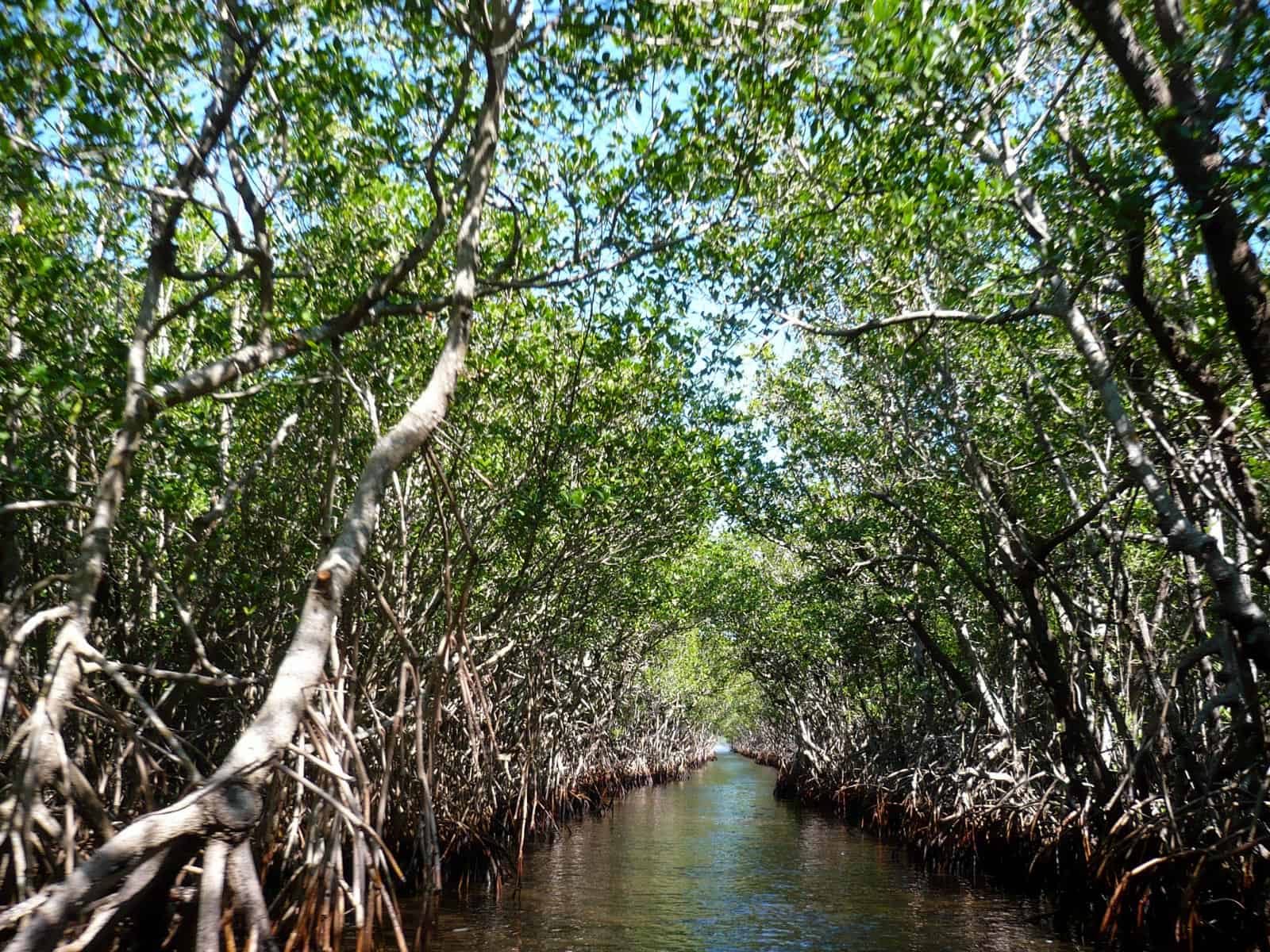
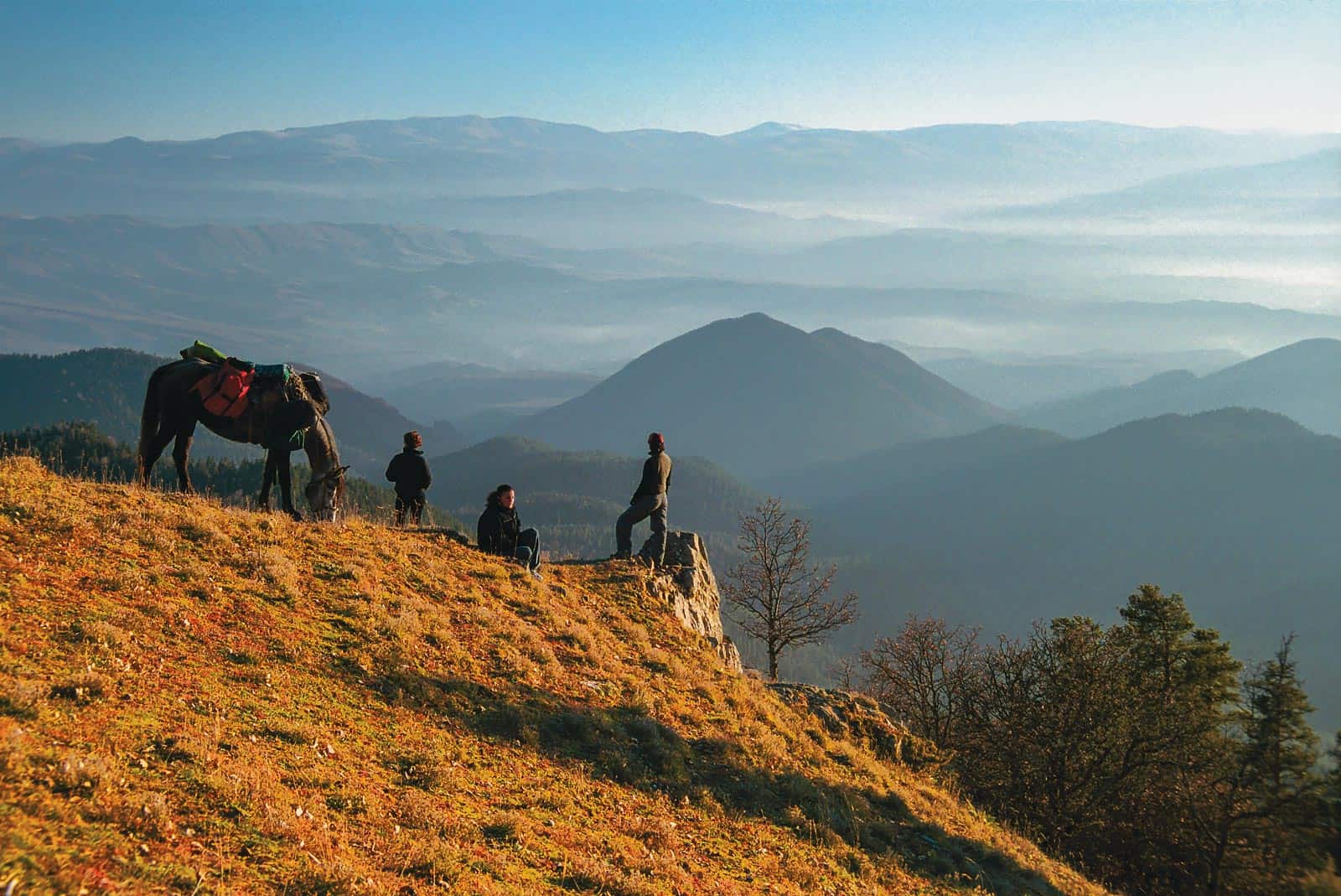
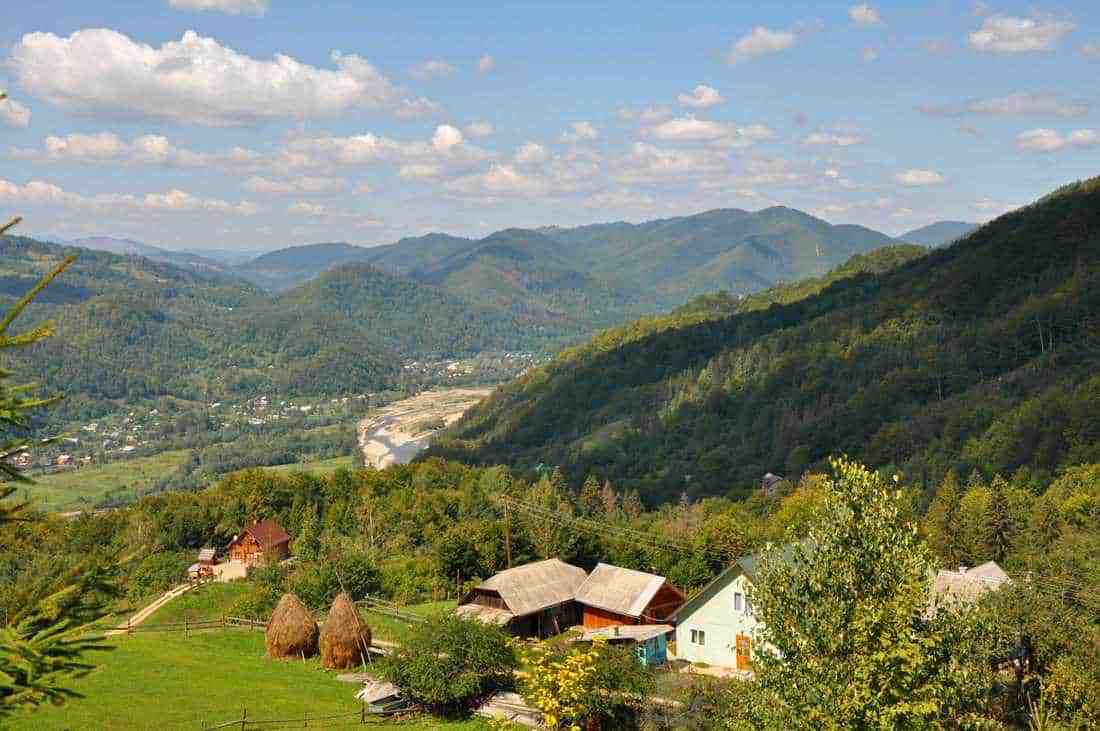


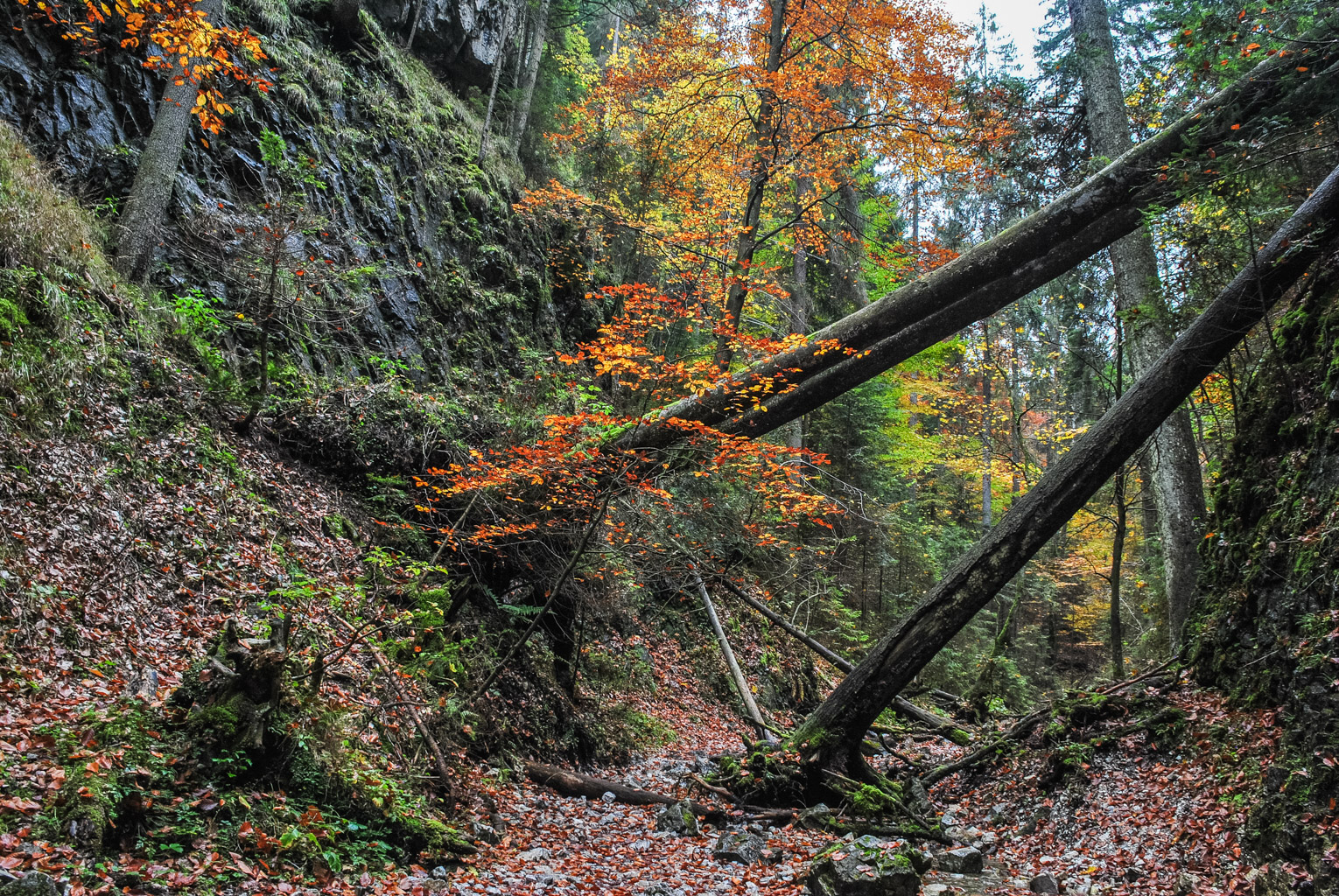

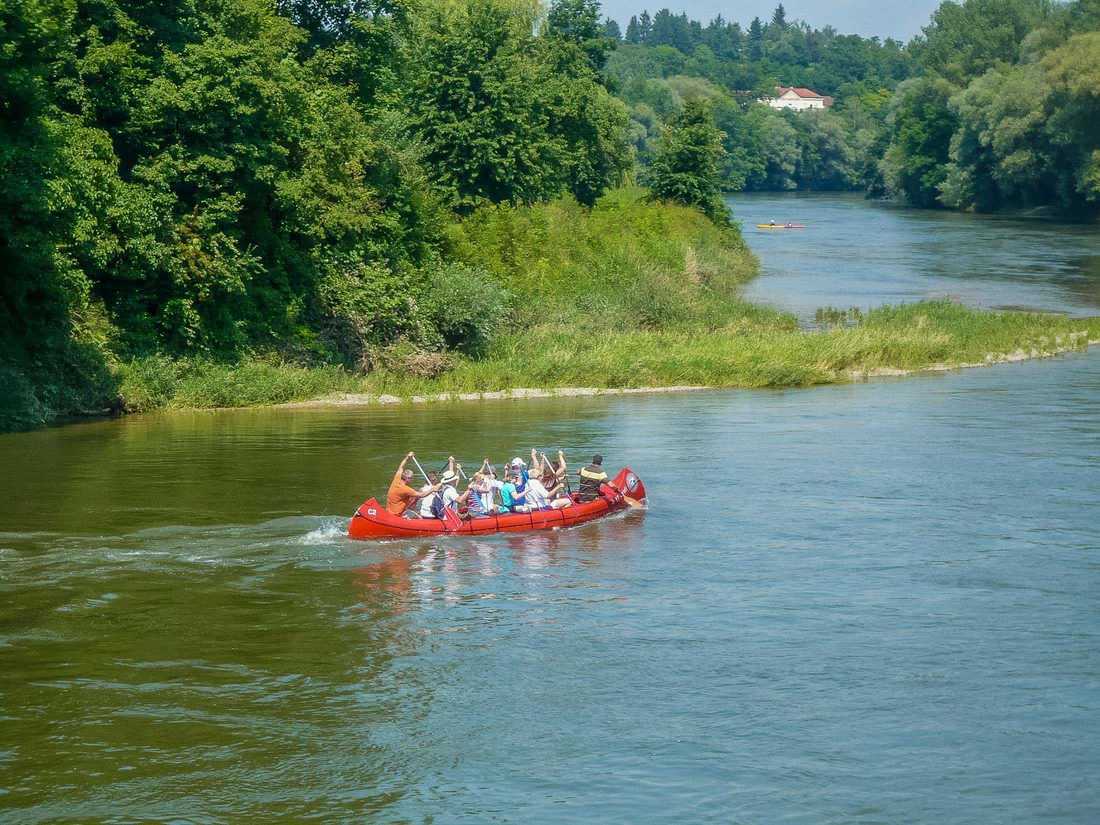
Hi Richard,
point well taken.. Headline changed. Thank for interacting with us so fast.
That is an irresponsible and negligent headline….suggesting rainforest have no value and can be ignored, forgotten and logged!